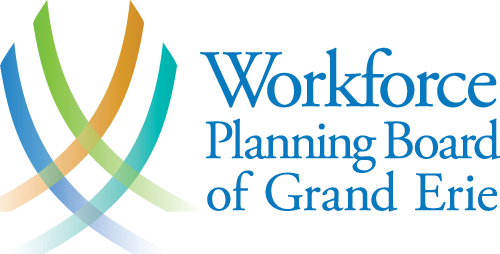Most Canadians will have received their 2021 Census by now.
The census provides a count of Canada’s population – it was 35,151,728 when the last one was held in 2016 – but it does much more. Information collected in the census paints an up-to-date picture of Canadian society and how it has changed or is changing.
Canadians are being asked to complete the census online by May 11, Census Day. Census employees will follow up with people who don’t complete the census. They’ll likely explain why doing the census is important and provide a friendly reminder that Canadians are required to complete it by law every 5 years.
Statistics Canada is also conducting its Census of Agriculture during May. This census is aimed at farm operators across the county. In 2016, there were 193,650 farm operations in Canada – a number that will be updated with the 2021 census.
Short and long form census
Most Canadians, about 75%, will receive a short version of the census which will require only a few minutes to complete for an entire household. Questions will mainly cover: name, gender, date of birth, age, marital status and spoken languages of all members in a household.
A smaller number of Canadians will receive the long form version of the census. It contains the same questions, plus other questions about people’s birthplace, citizenship, cultural heritage, Indigenous status and religion. Other sections focus on education, mobility, housing, health issues and employment.
Questions that are related to the workforce include employment status, number of hours worked, occupation, self-employment, work location and commuting habits.
The Workforce Planning Board of Grand Erie uses this census data to help with workforce planning in Brantford, Six Nations, New Credit, and the counties of Brant, Haldimand and Norfolk.
Watch Statistics Canada’s video: How do I complete the questionnaire? https://www.youtube.com/watch?v=Gc4zJBrpvm0
Why doing the census is important
Questions on who lives in a household helps the government understand family size and composition, including the number of children and seniors. This helps the government plan programs such as Old Age Security and the Canada Child Benefit.
In line, this information is used by provincial and local governments to help plan services for communities, including new schools, seniors’ residences and day cares.
Watch Statistics Canada’s video: Why the census is important https://www.youtube.com/watch?v=EOOy8_SpvHk
Census demographic data can also help small businesses understand their target market in their particular area.
Here’s more info from Statistics Canada on how businesses can use census data: https://www12.statcan.gc.ca/census-recensement/smallbusiness-petitesentreprises/index-eng.htm
Workforce Planning Board of Grand Erie – Our Census Map Tool
Our Grand Erie Jobs website has a free online Census Map Tool anyone can use to look up census information from the 2016 census. https://workforceplanningboard.org/census-tool/
There’s information on population, families, language, aboriginal peoples, citizenship, immigration, housing, education and more. Workforce related data includes size of the workforce, number of Canadians who work in each occupation and each industry, where people work, language of work, place of work and commuting habits.
For example, the 2016 census told us that 1,920 Haldimand County residents worked in their homes, while 65 residents worked outside Canada. There are also numbers for how many residents travel outside Haldimand to work and how many come to the county to work. There’s similar data for all Grand Erie communities.
If the information appears dated on the Census Map Tool, since it is from 2016, that just reinforces the importance of completing the 2021 census, so we have more up-to-date data.









